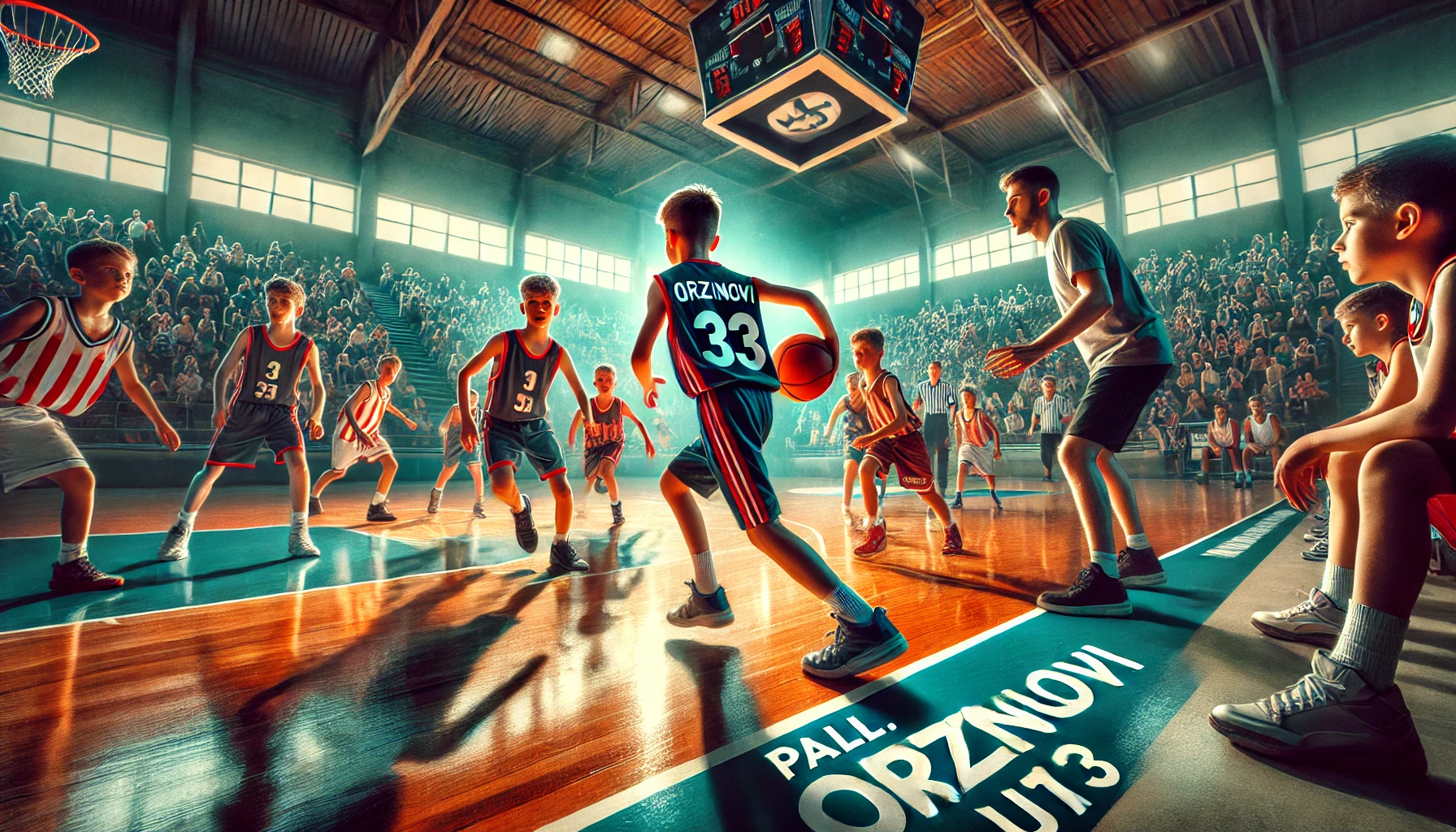In soccer, the role of a goalkeeper is undeniably crucial, requiring quick reflexes, physical prowess, and an ability to anticipate opponents’ moves. The keeper standard test has become an essential tool for assessing the skills and readiness of goalkeepers at all levels. From shot-stopping abilities to distribution accuracy, the test provides valuable insights into a goalkeeper’s strengths and areas for improvement. This article delves into the keeper standard test, its components, purpose, and how it supports goalkeepers in reaching their highest potential on the field.
What is the Keeper Standard Test?
The keeper standard test is a specialized assessment tool used to evaluate various aspects of a goalkeeper’s performance. It encompasses a series of drills and scenarios that mimic real-game situations, testing key skills such as shot-stopping, reaction time, footwork, distribution, and communication. Designed by soccer coaches and sports scientists, this test aims to provide a comprehensive overview of a keeper’s capabilities and identify areas needing further development.
Purpose and Importance of the Keeper Standard Test
Understanding the importance of the keeper standard test is essential for coaches, players, and teams. This test helps:
- Measure Performance Levels: By quantifying a goalkeeper’s abilities, coaches can gauge their current level and track progress over time.
- Identify Strengths and Weaknesses: The test highlights specific skills that a keeper excels in or needs to work on, allowing for targeted training sessions.
- Promote Competitive Standards: By setting benchmarks, the test encourages goalkeepers to improve continually, maintaining a high level of performance.
- Facilitate Player Selection: Many teams use the keeper standard test during tryouts to objectively assess candidates’ skills.
Core Components of the Keeper Standard Test
The keeper standard test includes several core components designed to assess different aspects of goalkeeping. Each component focuses on a unique skill set that is vital to excelling in the role of a goalkeeper.
Shot-Stopping Ability
Shot-stopping is at the heart of goalkeeping, and this part of the test examines a keeper’s ability to block, deflect, or catch shots from varying distances and angles. The drill simulates high-speed shots, demanding quick reflexes, excellent hand-eye coordination, and solid positioning.
- Close-Range Shots: These are designed to test reaction speed and positioning in tight spaces.
- Long-Range Shots: Evaluates judgment and timing, as the keeper must decide whether to catch or punch the ball.
Reaction Time and Reflex Drills
Reflexes are critical for goalkeepers facing high-speed shots, especially in crowded penalty areas. Reaction time drills in the keeper standard test include sudden, unpredictable shots or throws aimed at testing a keeper’s ability to make quick decisions under pressure. These drills help in assessing:
- Hand Speed: How quickly a keeper can move their hands to stop the ball.
- Decision-Making Speed: The keeper’s ability to assess the situation and decide on the best course of action.
Footwork and Positioning
Footwork and positioning are foundational to a goalkeeper’s success, as they allow keepers to cover the goal effectively. During the test, keepers perform exercises that require quick lateral movements, backpedaling, and forward dives. These drills evaluate how well the keeper positions themselves to block shots and adjust movements based on the ball’s trajectory.
- Side-to-Side Movements: Assess lateral speed and agility.
- Goal Coverage: Evaluates how effectively a keeper can cover different areas of the goal.
Distribution and Passing Accuracy
Modern goalkeepers are expected to participate in team play by distributing the ball accurately and initiating attacks. The keeper standard test includes passing and distribution drills, examining both short and long-distance accuracy. These drills simulate game situations where a goalkeeper must pass to a teammate under pressure, highlighting:
- Throwing Accuracy: For shorter passes to defenders or midfielders.
- Kicking Precision: For longer distributions that initiate counterattacks.
- Decision-Making in Passing: Ensuring that the keeper chooses the best passing option under pressure.
Communication Skills
Goalkeepers are often referred to as the “eyes” of the defense, as they have a full view of the field and can instruct teammates on positioning and threats. The communication aspect of the keeper standard test focuses on how well a keeper can communicate effectively and assertively with their defense, ensuring everyone is positioned correctly.
- Clarity and Volume: Testing how clearly and loudly instructions are given.
- Timing: Evaluating if the keeper communicates at the right moments during play.
Physical and Mental Conditioning in the Keeper Standard Test
Aside from technical skills, physical and mental conditioning plays a significant role in the keeper standard test. Goalkeepers must be both mentally resilient and physically prepared to handle the rigors of their position.
Endurance and Strength
Physical conditioning drills assess a keeper’s endurance, strength, and flexibility. Endurance is crucial, especially when matches go into overtime, while strength enables keepers to make powerful saves, dives, and throws.
- Agility Drills: These test the keeper’s ability to move quickly and maintain energy levels throughout the test.
- Strength Exercises: Squats, lunges, and core exercises that help in building the physical foundation needed for shot-stopping and distribution.
Mental Resilience and Focus
Goalkeeping is a mentally demanding position. Mental resilience drills in the keeper standard test evaluate how well a keeper maintains focus, especially after allowing a goal. Exercises may simulate high-pressure scenarios, pushing keepers to recover quickly from mistakes and stay focused.
How Coaches and Trainers Utilize the Keeper Standard Test
For coaches and trainers, the keeper standard test is a tool that goes beyond mere evaluation. It enables them to create personalized training plans that focus on individual improvement. Based on test results, coaches can design drills that enhance weak areas while refining strengths, ultimately fostering well-rounded goalkeepers.
Tracking Progress Over Time
By conducting regular keeper standard tests, coaches can track a keeper’s development over time. This data allows for adjustments in training intensity, focus, and even game strategy.
Setting Performance Goals
Using the test as a benchmark, coaches and keepers can set achievable performance goals, aiming for continuous growth. These goals not only drive improvement but also boost a keeper’s confidence and sense of accomplishment.
Preparing for the Keeper Standard Test: Tips and Techniques
Preparation for the keeper standard test requires dedication and focus on various aspects of goalkeeping. Here are some tips that can help goalkeepers succeed:
Strengthening Core Skills
Before taking the keeper standard test, it’s essential to work on core goalkeeping skills such as shot-stopping, reflexes, and positioning. Practicing these skills consistently will help keepers perform well across different test sections.
Improving Physical Fitness
Fitness is foundational to performing well on the test. Goalkeepers should engage in strength, agility, and endurance training to build the stamina needed for high-pressure situations. These exercises support swift movements, powerful dives, and fast recoveries.
Focusing on Mental Conditioning
Mental resilience can be developed through visualization techniques, mindfulness exercises, and mental rehearsal. Practicing mental focus can help keepers handle the pressure and maintain calm throughout the test.
Benefits of the Keeper Standard Test for Goalkeepers
The keeper standard test provides several benefits that contribute to a goalkeeper’s development, including:
- Enhanced Self-Awareness: By identifying specific strengths and weaknesses, keepers gain a better understanding of their abilities.
- Structured Improvement: The test’s feedback can be used to create a focused training regimen tailored to the keeper’s needs.
- Increased Confidence: Consistent testing and improvement can boost confidence, allowing keepers to perform better under pressure.
Challenges in the Keeper Standard Test
Like any athletic assessment, the keeper standard test presents challenges that goalkeepers must overcome. For instance, the test’s high-intensity drills demand peak physical and mental performance. Goalkeepers may experience fatigue or frustration, especially during reaction time drills. However, these challenges also highlight areas for growth, making the keeper standard test a valuable learning experience.
Implementing the Keeper Standard Test at Different Skill Levels
The keeper standard test is adaptable to various skill levels, from youth players to seasoned professionals. By adjusting drill intensity, complexity, and scoring criteria, the test can be used to evaluate beginners and elite players alike.
- Youth Goalkeepers: For younger keepers, the test can focus on fundamental skills like basic shot-stopping and simple distribution.
- Intermediate Keepers: At this level, drills become more challenging, with increased shot speed, varied shot angles, and additional footwork elements.
- Professional Keepers: High-level keepers are tested on advanced reflex drills, rapid decision-making, and intense distribution under pressure.
Conclusion: The Value of the Keeper Standard Test
In the world of soccer, the keeper standard test is invaluable for developing goalkeepers who are prepared to perform at their best. By testing a variety of skills— from physical conditioning and shot-stopping to mental resilience— the keeper standard test ensures that keepers are well-rounded, adaptable, and ready for the demands of their role. For goalkeepers, coaches, and trainers, this test serves as a benchmark, a tool for improvement, and a foundation for building confidence and skill. Through dedication and preparation, the keeper standard test can be an effective pathway to success on the field.







